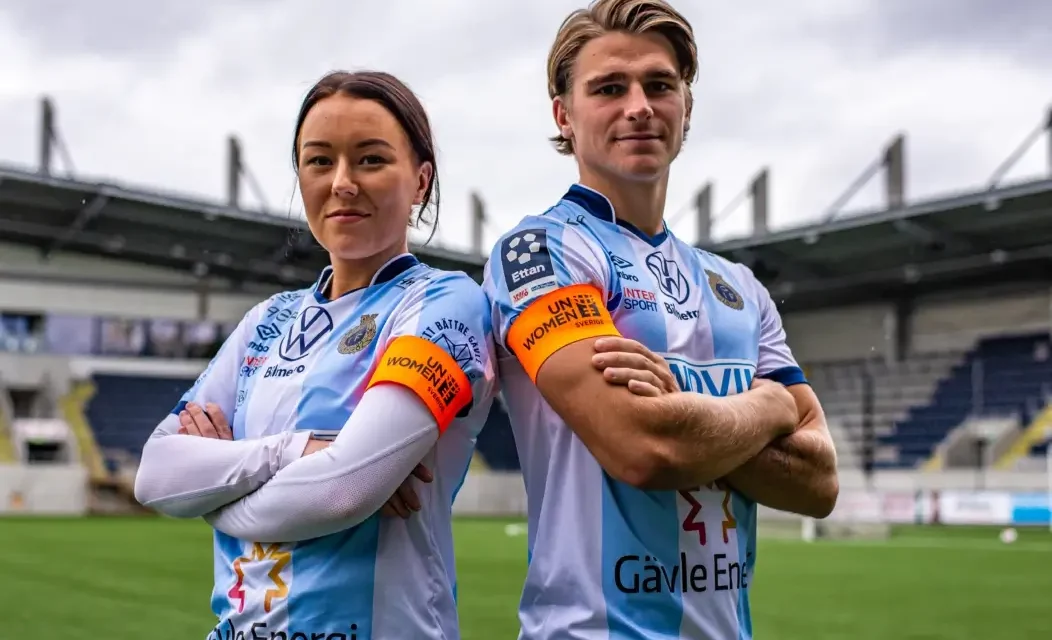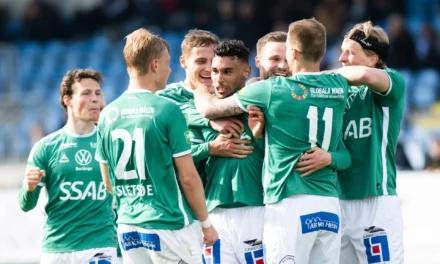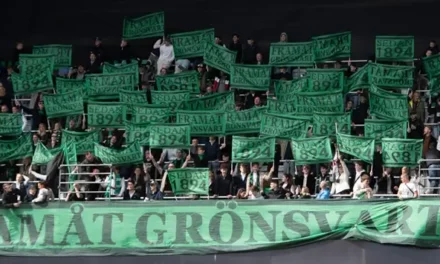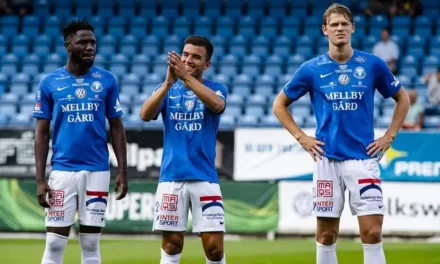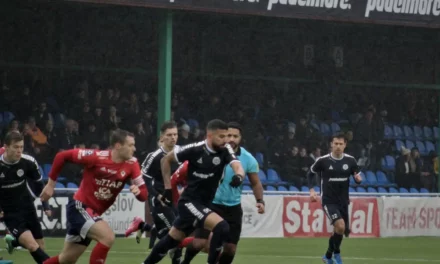As a football fan, I have always been fascinated by the stories of clubs that have risen from obscurity to achieve great success. One such club is Gefle IF Football, a team that has defied the odds to establish itself as a force to be reckoned with in Swedish football. In this article, I will take you through the history of Gefle IF Football, its rise to glory, and the impact it has had on Swedish football culture.
Introduction to Gefle IF Football
Gefle IF Football is a professional football club based in Gävle, Sweden. The club was founded in 1882, making it one of the oldest football clubs in Sweden. The team plays its home matches at the Gavlevallen stadium, which has a capacity of 6,500 spectators.
History of Gefle IF Football
Gefle IF Football has a long and storied history that dates back to the late 19th century. The club was founded in 1882 as Gefle SK, and it was one of the first football clubs in Sweden. In the early years, the club played against other local teams, and it was not until the 1920s that it started playing in the national league.
The 1920s were a successful period for Gefle IF Football, as the team won the national championship in 1926. However, the team’s success was short-lived, and it struggled to maintain its position in the top tier of Swedish football. The team spent most of the next few decades playing in the lower divisions, with occasional promotions to the top tier.
The rise to glory of Gefle IF Football
The turning point for Gefle IF Football came in the early 2000s when the club hired a new coach, Roger Sandberg. Sandberg introduced a new playing style that emphasized a possession-based game and quick, incisive passing. This style proved to be very effective, and the team started winning matches consistently.
The team’s success on the pitch translated into promotion to the Allsvenskan, the top tier of Swedish football, in 2005. In their first season in the Allsvenskan, Gefle IF Football finished in seventh place, an impressive achievement for a team that had just been promoted. The team continued to perform well in subsequent seasons, finishing in the top half of the table several times.
The impact of Gefle IF Football on Swedish football culture
Gefle IF Football’s success has had a significant impact on Swedish football culture. The team’s playing style, with its emphasis on possession and quick passing, has been adopted by many other Swedish teams. This style of play has become known as the “Gefle way,” and it has become synonymous with attractive, attacking football.
The success of Gefle IF Football has also inspired other small clubs in Sweden to believe that they too can achieve great things. Many clubs have followed in Gefle’s footsteps by adopting a possession-based game and focusing on developing young players.
The unique playing style of Gefle IF Football
As mentioned earlier, the “Gefle way” is a possession-based playing style that emphasizes quick, incisive passing. The team’s players are technically gifted and comfortable on the ball, and they are able to maintain possession for long periods of time. The team also plays with a high tempo, constantly looking to move the ball forward and create scoring opportunities.
This playing style has been very effective for Gefle IF Football, as it allows the team to control matches and create scoring opportunities. It has also made the team very popular with fans, who enjoy watching attractive, attacking football.
The key players of Gefle IF Football
Over the years, Gefle IF Football has had many talented players who have contributed to the team’s success. Some of the key players include Jonas Lantto, a midfielder who was instrumental in the team’s promotion to the Allsvenskan in 2005, and Jakob Orlov, a striker who scored many important goals for the team.
Another key player for Gefle IF Football is Johan Oremo, a striker who has been with the team since 2008. Oremo is a prolific scorer who has scored over 100 goals for the team. His goals have been crucial in helping the team maintain its position in the top tier of Swedish football.
The challenges faced by Gefle IF Football
Despite its success on the pitch, Gefle IF Football has faced many challenges over the years. One of the biggest challenges has been financial instability. The team has struggled to attract sponsors and generate revenue, which has made it difficult to compete with wealthier teams in the league.
Another challenge has been player recruitment. As a small club, Gefle IF Football has limited resources to attract top talent, and it has had to rely on developing young players from its academy. While this approach has been successful, it has also meant that the team has had to endure periods of rebuilding when key players leave for bigger clubs.
The future of Gefle IF Football
The future of Gefle IF Football is uncertain, as the team currently finds itself in the third tier of Swedish football. However, the club has a strong youth academy, and it is committed to developing young talent. If the team can continue to produce top-quality players, it may be able to return to the top tier of Swedish football in the future.
Conclusion: The Legacy of Gefle IF Football
In conclusion, Gefle IF Football is a club that has defied the odds to achieve great success. Its rise to glory has had a significant impact on Swedish football culture, and its unique playing style has become synonymous with attractive, attacking football. While the team has faced many challenges over the years, it has always remained committed to developing young players and playing the “Gefle way.” As the team looks to the future, it will continue to inspire other small clubs in Sweden to believe that they too can achieve great things.
If you’re a football fan looking for inspiration, I encourage you to follow the example of Gefle IF Football and never give up on your dreams.

